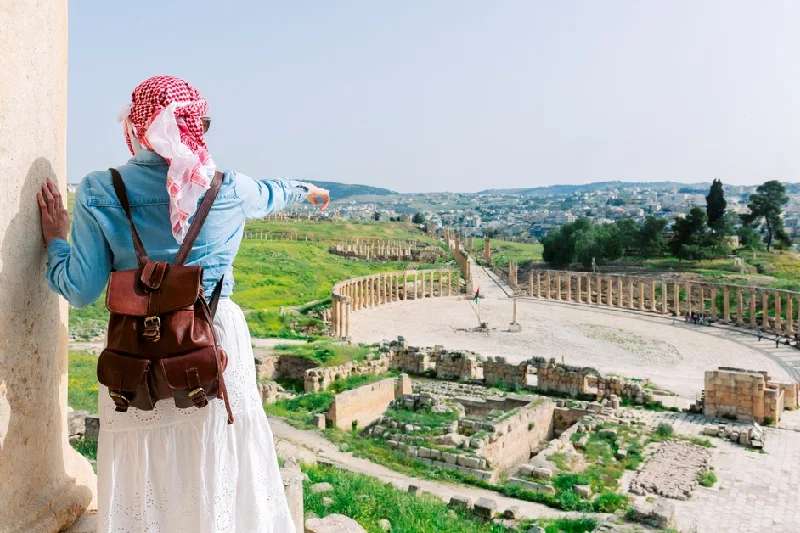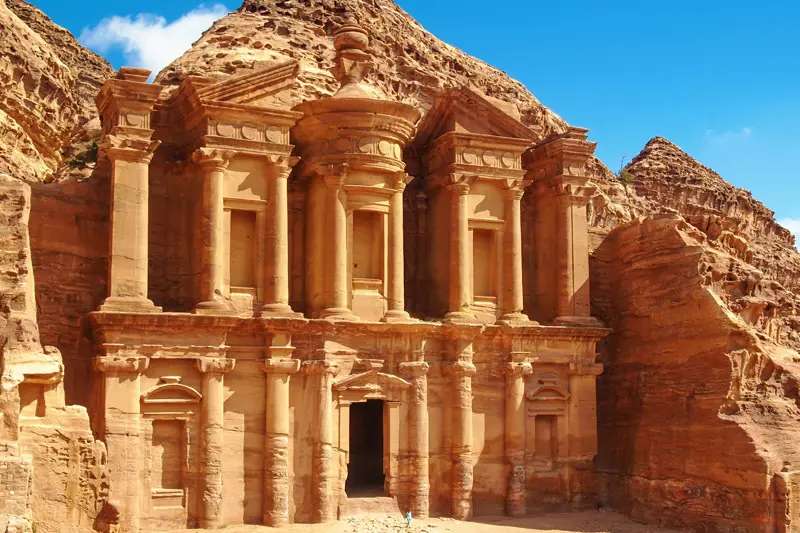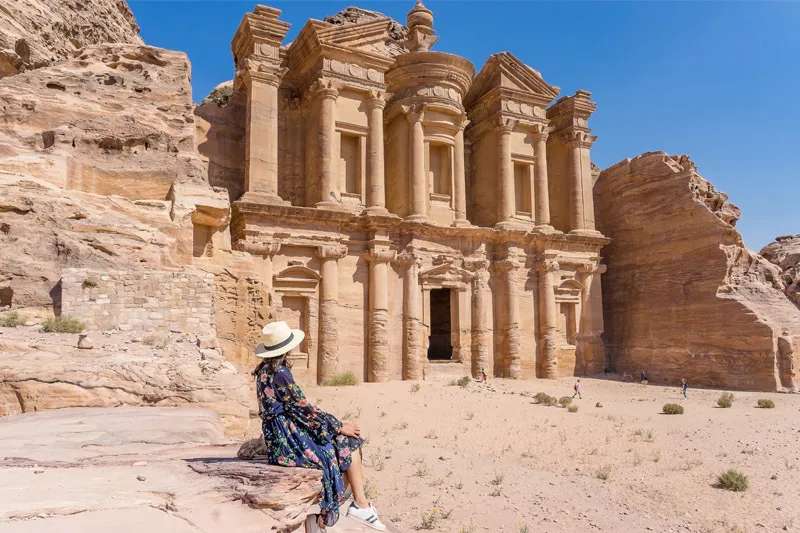
Mount Nebo Travel Info
Mount Nebo provides breathtaking scenery of Jerusalem, the West Bank, the Jordan River, the Dead Sea, and other nearby places. Mosaics that have been preserved from archaeological digs dating back to the sixth century can be seen by visitors to Mount Nebo. Along with depictions of animals and hunters, the primary mosaic also demonstrates the wine-making process.
Best Time to Visit Mount Nebo
While planning your trip, are you concerned about the influx of tourists or Mount Nebo's closure times? The ideal time to visit Mount Nebo is when you can fully enjoy the trip without worrying about such inconveniences. At some specific time of year in Mount Nebo, the weather is ideal and the best activities are available. If you're pondering the best time to visit Mount Nebo, do so now so that you can have an unforgettable experience without worrying about trivial details. Let's look at the weather at different times of the year.
Mount Nebo Weather in May-October: An excellent season to visit Mount Nebo, the average temperature falls around 65℉. The weather is great outdoors, the air being moderately humid. Mount Nebo Weather in November: Temperatures ranging from 21℉ to 70℉ call for delightful afternoon explorations of Mount Nebo. Mornings and evenings can be a tad difficult to get out owing to the humidity which makes the weather cool.
Mount Nebo Weather in December: With the air being damp and the temperature being low, you can expect cold weather on your visit to Mount Nebo in December. The average temperature is 36℉. The average precipitation recorded around this time is 64.08 mm. Regardless of when you choose to visit, whether you’re visiting on a pilgrimage or just interested in learning about some of Jordan’s most unique and significant history, Mount Nebo is worth your time.
Why Mount Nebo is Important and Things You should know
- There are numerous biblical and historical beliefs about Mount Nebo, some of which are based on fact and others that are more speculative or fantastical. It has been suggested that Moses' remains might be interred on the ridge of the mountain. Given the background and artifacts discovered on Mount Nebo's summit, this is undoubtedly a possibility, but it is still just a theory.
- The Ark of the Covenant, a chest used to store the original Ten Commandments tablets that God had etched for Moses, is also said to be interred in a cave on Mount Nebo.
Location & History
One of the most significant biblical locations for the three great world religions—Judaism, Christianity, and Islam—is Mount Nebo. The Old Testament claims that Mount Nebo is the location where Moses spent his final days and witnessed the Promised Land (now known as Israel), which God had foretold he would never see before his death. This significance makes Mount Nebo a well-liked destination for pilgrims who desire to experience the same views of the Promised Land that Moses did.
From the top of the mountain, one can see the entire Holy Land and, to the north, a more condensed perspective of the Jordan Valley. On a really clear day, Jerusalem and Palestine are both visible from the summit, along with Jericho on the West Bank.
According to the historical record in the Bible; "Moses ascended Mount Nebo to see the Land of Israel, which God forbade him from entering, and to pass away there. Although his exact location of burial is unknown, he was buried on the mountain."
The serpentine cross sculpture, known as the Brazen Serpent Monument, was made by Italian artist Giovanni Fantoni and is located atop Mount Nebo. It serves as a metaphor for both the cross that Jesus was crucified on and the bronze serpent that Moses forged in the wilderness.
The mountain has been a destination for pilgrims since the fourth century AD. On the highest mountain, Siyagha, a church and shrine were erected during this period in Moses' honor. The church was expanded into a monastery by monks two years later during the Byzantine era of the sixth century AD. The monastery stood for nearly 600 years before falling into the wreckage.
Six tombs were also found during the church's excavation in the hollowed-out rock below the mosaic floor. The identities of the deceased are unknown because the tombs are unmarked. To preserve the mosaics and tombs, the soil was placed over them after the excavation. When the Custody of the Holy Land decided to renovate the mosaic floors and construct a memorial church around them in 1963, the mosaics were once again made public.
related tours

Jordan Short Break
3 Days / 2 Nights
From
$ 346

Taste of Jordan Tour
5 Days / 4 Nights
From
$ 782

Jordan Budget Tour
4 Days / 3 Nights
From
$ 417
